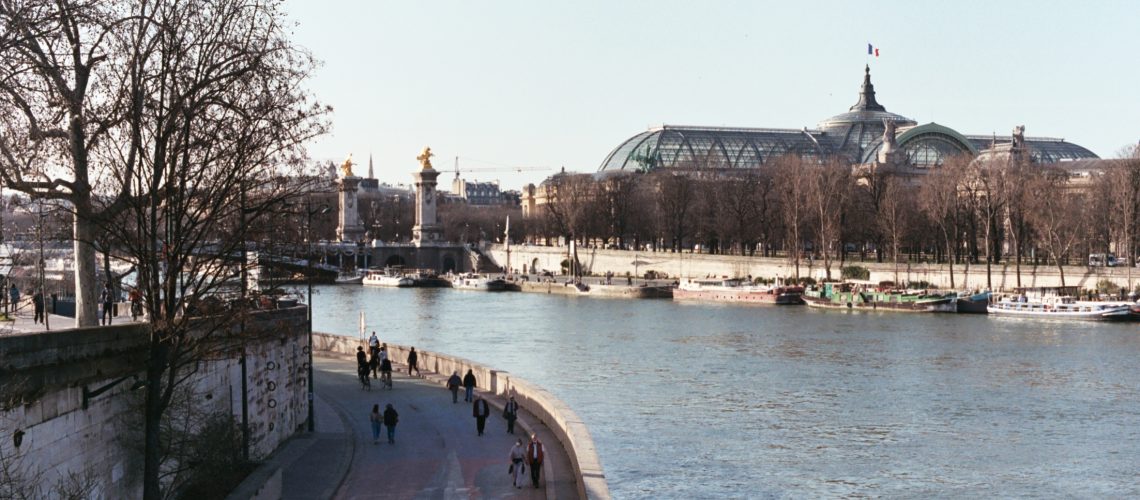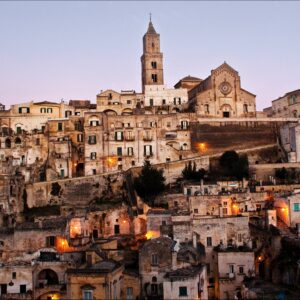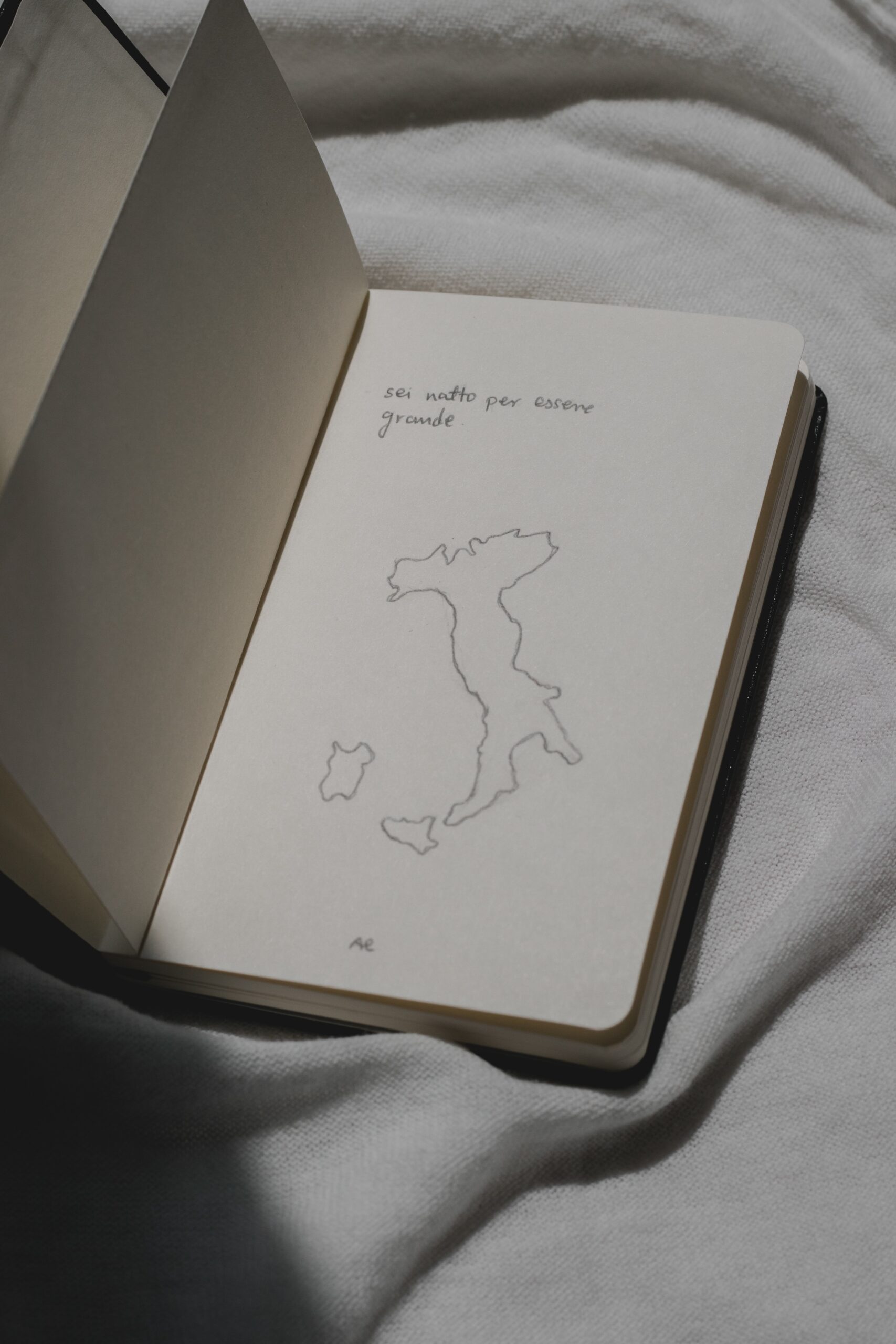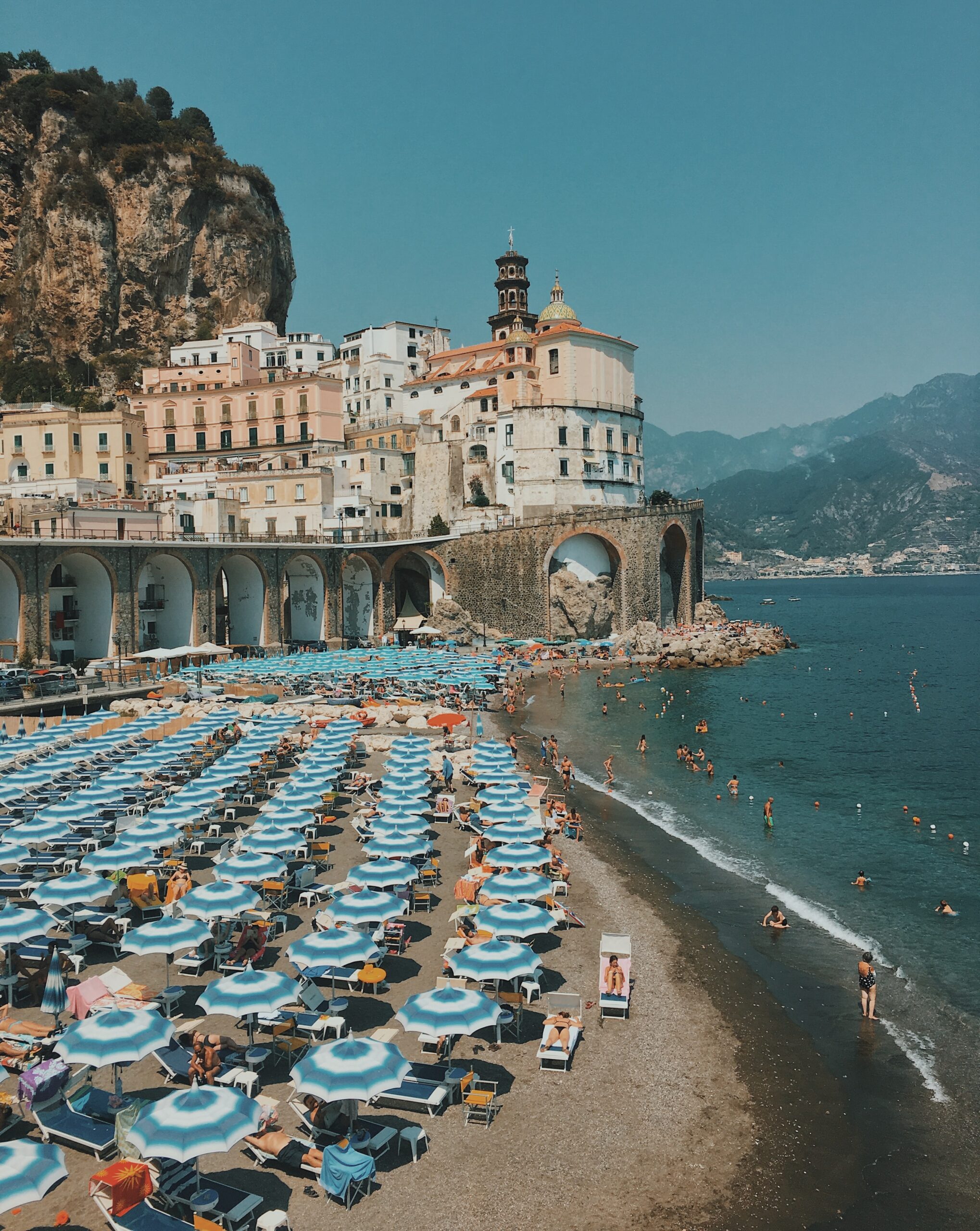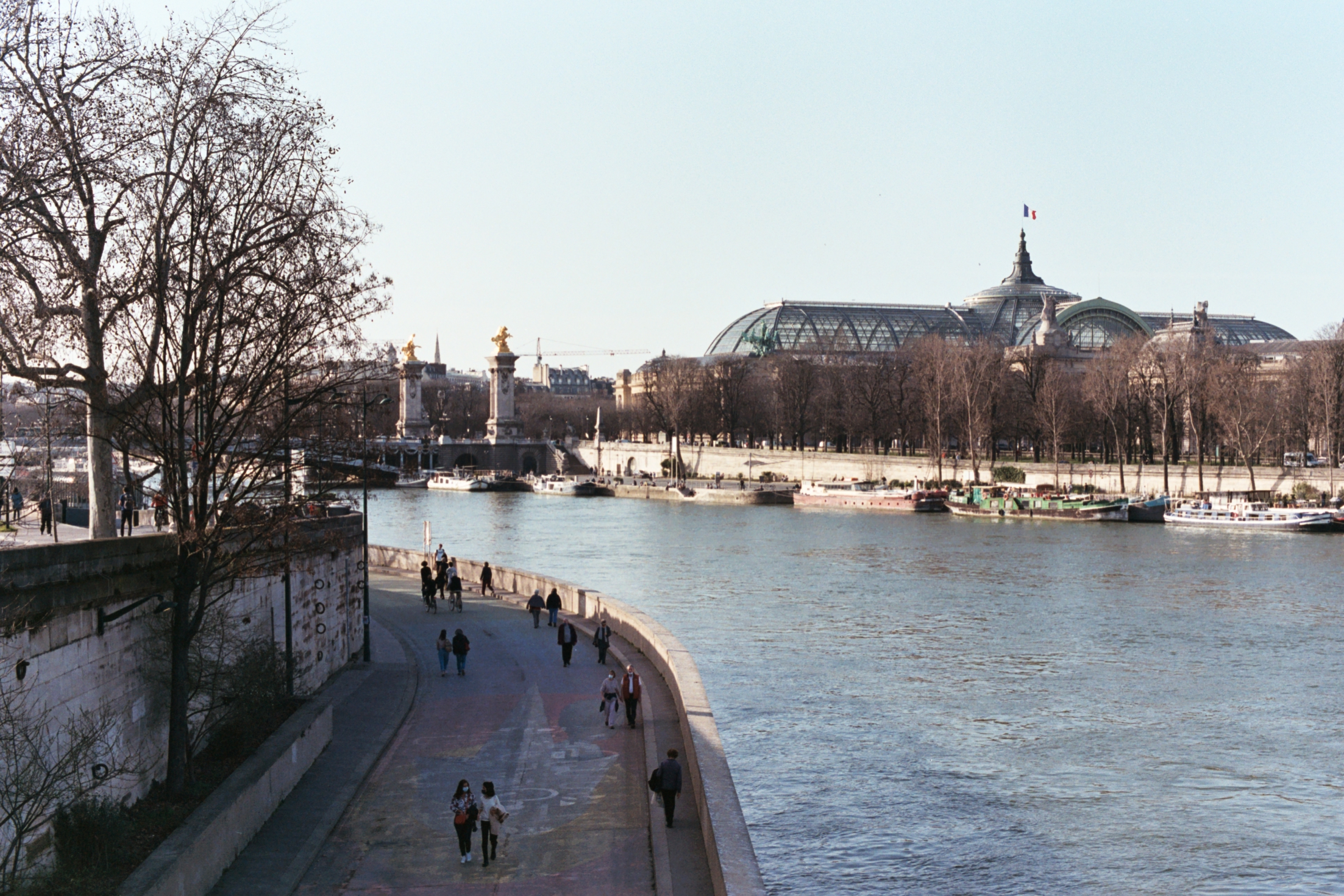
Paris needs no introduction. As one of the most visited cities in the world, the French capital contains countless attractions that are known the world over. But while everyone knows the Eiffel Tower, the Louvre and Notre Dame, there are plenty of interesting spots that receive far less attention.
When I first moved to Paris in 2020, I had the privilege of discovering many places for myself – spaces which no tourists seem to know about, but which give you a picture of Paris that goes far beyond the common clichés of the city.
So without further ado, here are five hidden gems that I highly recommend visiting:
La coulée verte
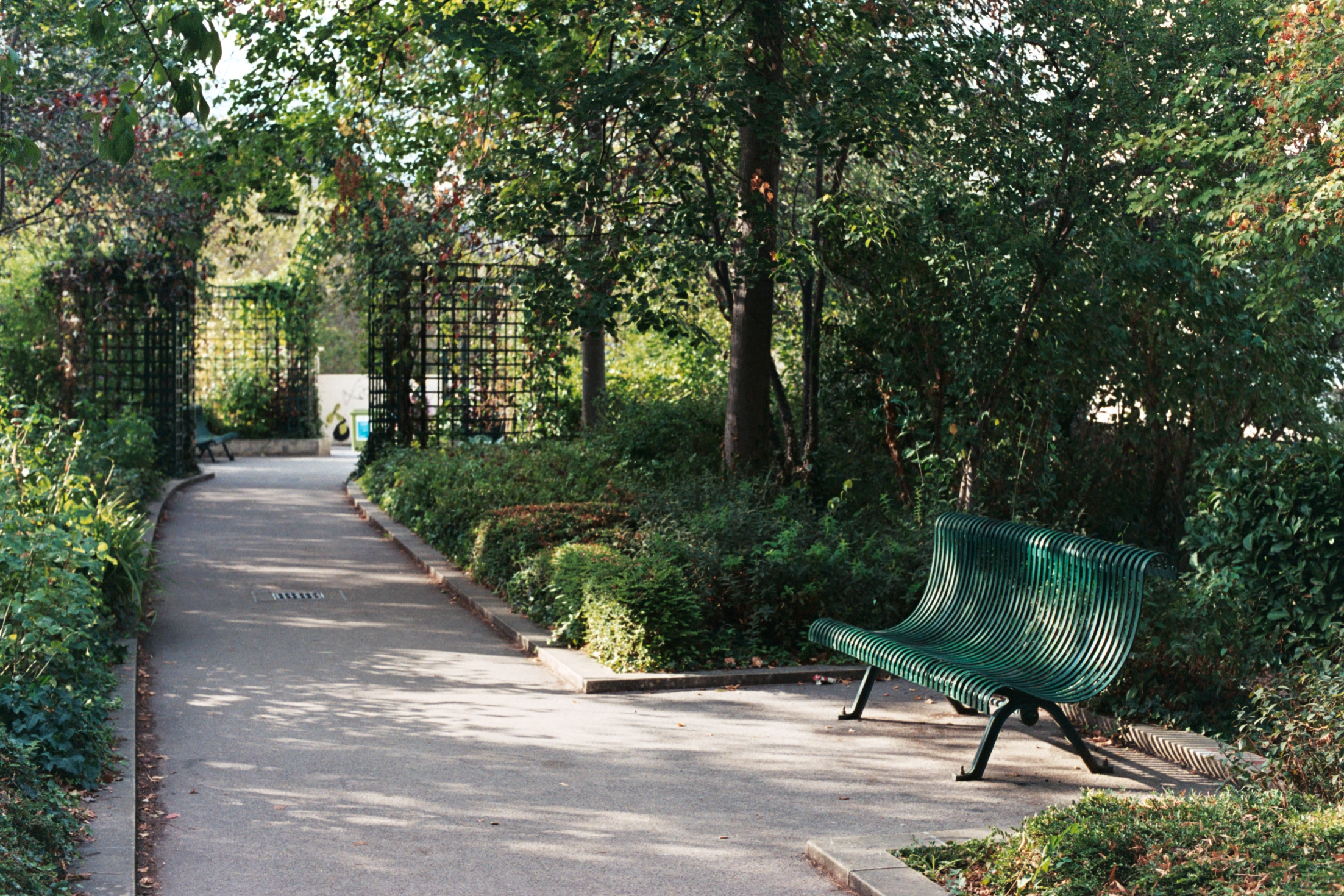
Nested in the 12th arrondissement of Paris is a rooftop garden known as La coulée verte (“The Green Track”). It looks like a typical Parisian public park, but with one major difference: it’s on the rooftops of a collection of connected buildings.
As you walk along the path, you pass miles of trees, flowers and artworks organised in the classic ‘geometrically orderly’ French style, giving off the impression of being in an almost Old World-style garden. But if you look down the railings, you’ll see the hustle and bustle of a creative Parisian neighbourhood.
After a while, you’ll eventually get to another hidden park beneath a bridge – and if you continue walking long past what appears to be the end of the Coulée verte, you’ll eventually reach an abandoned railway.
La petite ceinture

Which brings us to La petite ceinture.
Paris has miles and miles of abandoned railway lines within the city ‘belt’, or boundaries. While they were once used to transport people around the city boundaries of Paris, they were decommissioned a few decades ago after the boundaries expanded. Nowadays, the public is free to walk along these railways, known as La petite ceinture (“The Little Belt”), and see Paris from literally the the lowest possible angle.
What’s interesting is that you can get very different vibes from the railways depending on where you go. Some parts give off an enchanted Studio Ghibli feel, while other parts feel all-out Edgar Allen Poe. Whichever railways you explore, though, you’ll get a perspective of Paris that is likely to challenge whatever preconceptions of the city you may have harboured.
Jardin du Luxembourg
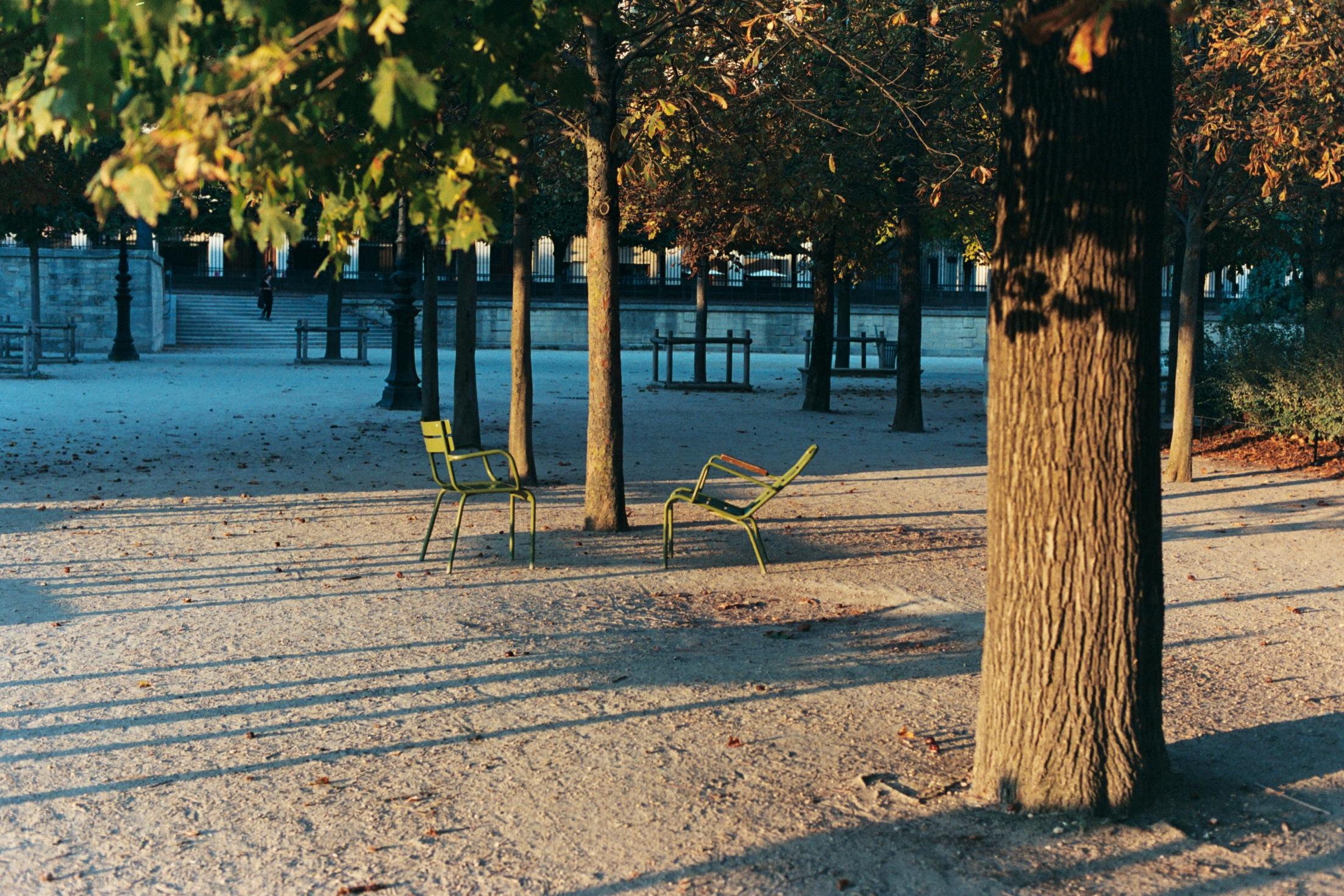
Okay, I’m cheating a little bit by including the Jardin du Luxembourg, which is one of the most visited parks in Paris. Situated just outside the Louvre, besides the river Seine and in the beating heart of Paris, it’s about as mainstream a park as you can get. So to call it a ‘hidden spot’ is quite the stretch.
But when it comes to open spaces in Paris, it’s really hard to ignore. Like many parks in Paris, it has the classic light green metal chairs that the public can take with them anywhere within the park grounds. It’s a very French approach to relaxing that I’ve never seen elsewhere.
Every summer, the park plays host to an amusement park. And so while you’re lounging in a green chair, you can hear screams coming from some of the more airbourne rides high above the endless rows of leafy cube-shaped trees.
The park also contains some fountains, gardens, sculptures of classic mythological figures, and views of the Louvre, the Seine and the Eiffel Tower. So if you wanted the classic Parisian experience without paying a cent, you can’t go wrong here.
The park is also next to the Concorde metro station, which was the inspiration behind the famous modernist poem In a Station of a Metro by 20th century American poet (and Italian fascist sympathiser) Ezra Pound, which goes like this:
The apparition of these faces in the crowd:
Petals on a wet, black bough.
So if you wanted to get a glimpse of what Pound might have experienced before he embraced Mussolini, the station is worth a visit.
Musée de l’Orangerie

Within the Jardin du Luxembourg, in the old orange grove, you can also find the Musée de l’Orangerie, a modern art museum partly designed by French Impressionist painter Claude Monet himself. It contains spacious rooms dedicated to some of his water lilly tableaux, as well as galleries of some of the finest French modernist works from the second half of the 19th century onwards.
Despite being related to the Musée d’Orsay, the Musée de l’Orangirie is relatively unknown. As a result, it doesn’t attract the same hoards of tourists that you find in the Musée d’Orsay or the nearby Louvre, which can become pure chaos in the summer months (the gallery that holds the Mona Lisa seems to be a good 5℃ warmer than the rest of the museum). As a result, if you were to visit the Musée de l’Orangerie, you can have a much calmer and more leisurely experience that more closely resembles the vibe of the city.
Befitting its name, the museum also sells freshly-squeezed orange juice…if it’s not already sold out.
The good news is that if you really don’t want to splash out, the museum is free on the first Sunday of every month. In other words, you can also explore it without spending a single centime.
Arcades
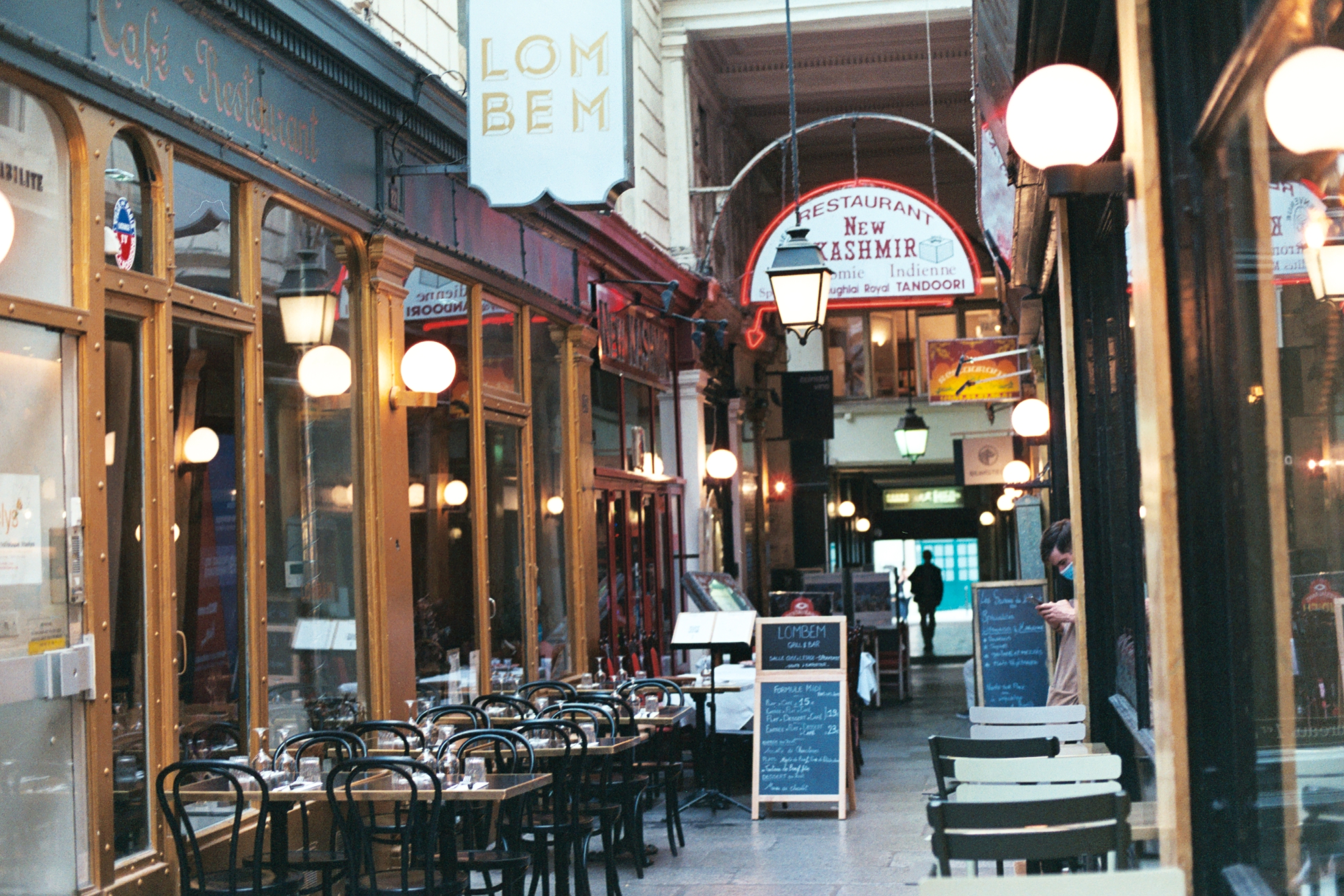
On the right bank of Paris are a series of arcades originally created in the 19th century. Exploring them gives you a feeling of what Paris might have been like in the late 19th and early 20th centuries, when Paris was the most dynamic city in the world. In fact, they inspired German philosopher Walter Benjamin to write his monumental Arcades Project and helped cement the image of the wandering flâneur, a figure forever linked with the city itself.
Nowadays, the arcades are a lot more touristy, with souvenir stores reminding you that you are indeed a tourist, and that the spaces you are exploring are designed to accommodate you. But aside from such stores, there are also some charming modern restaurants, bars and hotels that retain some of the old charm of the city while keeping up with the times.
As I was exploring the arcades back in mid-2020, at the height of the pandemic, I swear I saw a bartender in a bar who looked like the spitting image of a figure in this famous French painting by Édouard Manet. Such moments defy logic and make you question your grasp of reality – in a good way, of course.
Conclusion
While all these spots are relatively unknown by tourists, they’re known and loved by locals. Better yet, they’re also all free (with the exception of the Musée de l’Orangerie, which is free on the first Sunday of every month) and so if you’re not prepared to spend much, you can enjoy authentic experiences in Paris on the cheap.
Paris is possibly one of the best cities to explore on foot, and so once you’ve done the main tourist spots, you can’t do worse than just wander around and discover its secrets for yourself.
Happy flâneuring!
